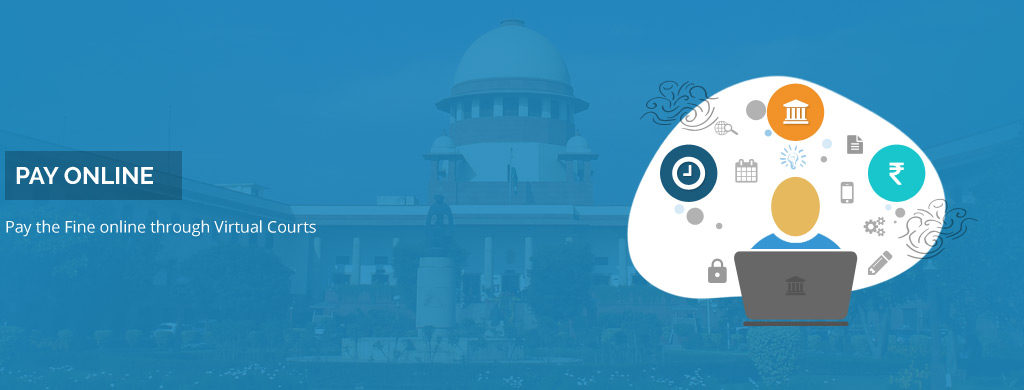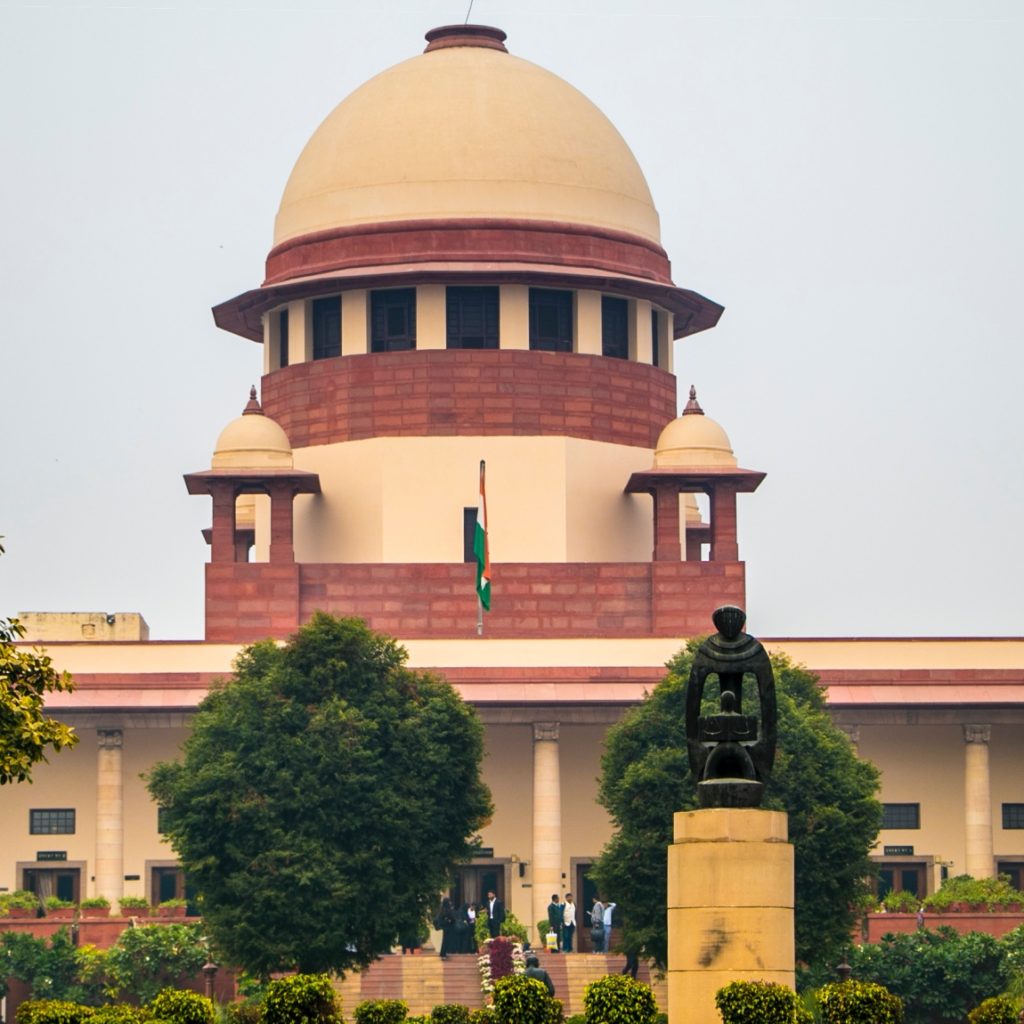By Shriya Tandon

No sooner had we begun making plans to finally tick things off that bucket-list that the country found itself in the clutches of a pandemic that none of us saw coming. While everything was immediately put under a lockdown and all services aside from the absolutely necessary ones were brought to a halt by the shifting of work environments to people’s respective houses, the judiciary found itself in a pickle; the system of delivering justice could not be brought to a standstill for there were and are, lives at stake.
It was this very conundrum which eventually led to the digitalization of the judicial proceedings. Attempts have been repeatedly made in the past to digitalize these procedures and the current scenario induced by social-distancing measures has put all of that to test. Question is, is the future here? Are we all set for a revolutionary digitalization of the judicial processes or is this just an extraordinary measure to withstand an extraordinary predicament?
Beginning on an optimistic note, there is plentiful that India stands to gain from this modification. First, it is an ecological and time efficient method of delivering justice while making the judiciary more accessible, reliable, and transparent for its citizens. In a reality where deforestation and forest fires make it to the headlines every second day, we have to realize that the ecological efficiency of this digitalization wins it major brownie points. Additionally, remember when the computerization of 1990 reduced the number of pending cases before the top court by more than half? Similarly, this digitalization is predicted to help reduce the numbers of unsettled cases greatly and thoroughly alter the judicial landscape. Not to forget, digitalization of judiciary would help establish a sense of formal equality among citizens. In other words, it would democratize the system of judiciary by allowing anyone and everyone with an internet connection to afford demanding justice. However, what about the inability to afford the internet for most Indians?

Here are some facts which will give us the reality check we so desperately need. According to Statista, “Despite the large base of internet users, the internet penetration rate in the country stood at around 50 percent in 2020.” Simply put, only half of the 135+ crore people in the country have ‘access’ to internet, let alone having a fully functioning, high-speed network, which would be an important requirement for the proceedings to go on smoothly. With the average literacy rate in India being just that – average – one can only imagine how many people would be familiar with the actual know-how of all things internet. Let’s not fool ourselves as we sometimes don’t quite understand how some applications or softwares work, and we are among the privileged. How can we expect the underprivileged to rely on the internet to help them get justice when we ourselves haven’t completely wrapped our heads around the concept? If acute poverty and illiteracy aren’t reasons enough, try imagining how unprepared we are for a full-fledged digitalization. Not only is there a sheer lack of infrastructure such as public kiosks and self-help centers with user-friendly technology, but there are numerous social barriers too which will together make approaching the judiciary an insufferable nightmare.
Adv. Mrinalini Tandon, who is currently pursuing her LLM, says, “Virtual courts are not a substitute for open court hearings. Open court hearings lay the foundations for expression of knowledge with imagination and public hearing is a vital ingredient of democracy.” She believes that what we are witnessing today are exceptional circumstances which have left us no choice but to resort to exceptional methods. However, digitalization cannot become a permanent feature of the Indian judiciary. She opines that in the long run virtual courts will turn out to be ‘soulless bodies’ rather than ‘vigilant protectors’.
Virtual courts aren’t all bad, as we have already seen. However, in the present scenario the cons massively outweigh the pros, but that’s just the present. The future has enormous potential of changing our reality. To start off, there is definitely a need for better technology, literacy drives, and investments in ventures that work towards establishing the required infrastructure for the digitalization. Secondly, people deserve to be aware of everything there is to know about such a radical change – what it means, what it demands from the citizens, how it changes the routine course of demanding justice, and so on. Unless the way towards such an alteration is paved with careful consideration and the determination to do well by all of the country’s citizens, it is bound to fail miserably. This may still be a pipe dream for the near future but we have to prioritize searching for a way forward such that ‘modernization’ does not come at the cost of making the judiciary inaccessible to most citizens.

